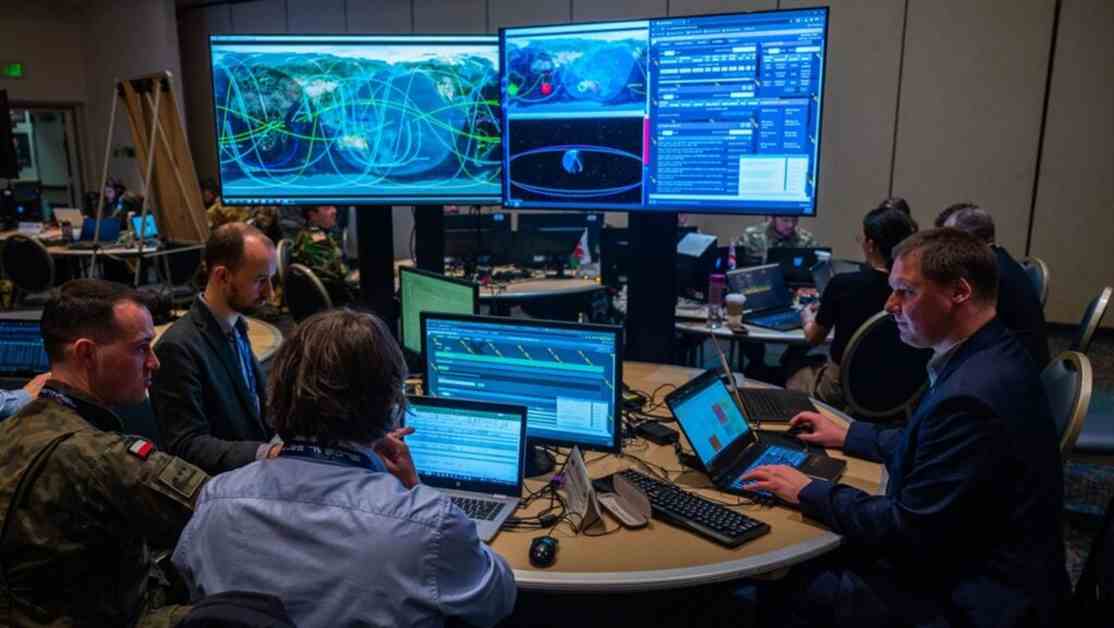Uncovering the Shenanigans in Space: How Deceptive Satellites Challenge Surveillance Technology
Global Sentinel 2024, held at Vandenberg Space Force Base in California, brought together participants from around the world to tackle challenging space scenarios. This annual event, organized by USSPACECOM and partner nations, aims to promote cooperation and safety in space operations.
Recently, China’s experimental spaceplane Shenlong made headlines when it released a companion craft while in orbit during its third mission to low Earth orbit in December. Despite efforts by US Space Command and independent space watchers to track this event, the exact timing of the release remains unclear.
Astronomer Jonathan McDowell first noticed the companion object listed by SPACECOM on May 25, raising concerns about the challenges in distinguishing between the main spaceplane and its smaller companion. This difficulty arises from the electromagnetic signature of the larger craft overpowering the dimmer companion, making it hard to detect using traditional monitoring methods.
The release of smaller satellites or companion craft poses a significant challenge for surveillance technology, as it allows for potential threats to go undetected for a certain period. While advancements in sensor technology and artificial intelligence have improved the ability to monitor space activities, the Shenlong incident highlights the ongoing efforts by space-faring nations to conceal their systems from prying eyes.
Various techniques, such as using radar absorbent materials, shaping satellites to reduce radar cross-section, and minimizing signal emissions, can make satellites less trackable. Additionally, maneuvers after initial orbital insertion can further complicate tracking efforts, especially if executed strategically to evade surveillance.
The use of disguises, such as deploying satellites as space debris or co-orbiting them with larger spacecraft, adds an element of unpredictability to satellite operations. These tactics challenge traditional surveillance methods and underscore the need for enhanced space domain awareness to address evolving threats in space.
To improve monitoring capabilities, the US and its allies have ramped up efforts to enhance space surveillance in regions with limited coverage, such as the Southern Hemisphere. Collaborative programs with commercial providers, joint initiatives with partner nations, and the deployment of advanced satellite systems are part of the broader strategy to bolster space domain awareness.
In response to emerging threats, initiatives like the Space-WATCH project and AI-driven tracking tools have been introduced to enhance surveillance operations and sift through vast amounts of sensor data. These technological advancements aim to provide military operators with timely and actionable information to counter potential threats in space.
As the space domain becomes increasingly contested, the ongoing cat-and-mouse game between surveillance technology and deceptive satellites underscores the need for continuous innovation and collaboration to ensure the security and stability of space operations. By leveraging advanced capabilities and strategic partnerships, space-faring nations can navigate the complexities of space surveillance and address the challenges posed by stealthy satellites.

